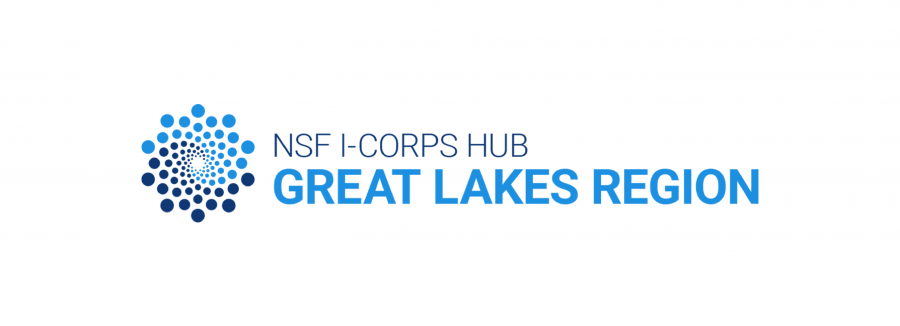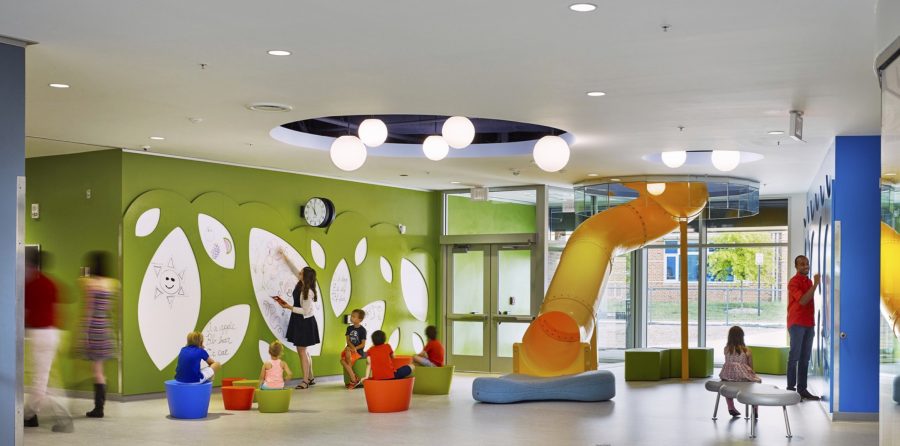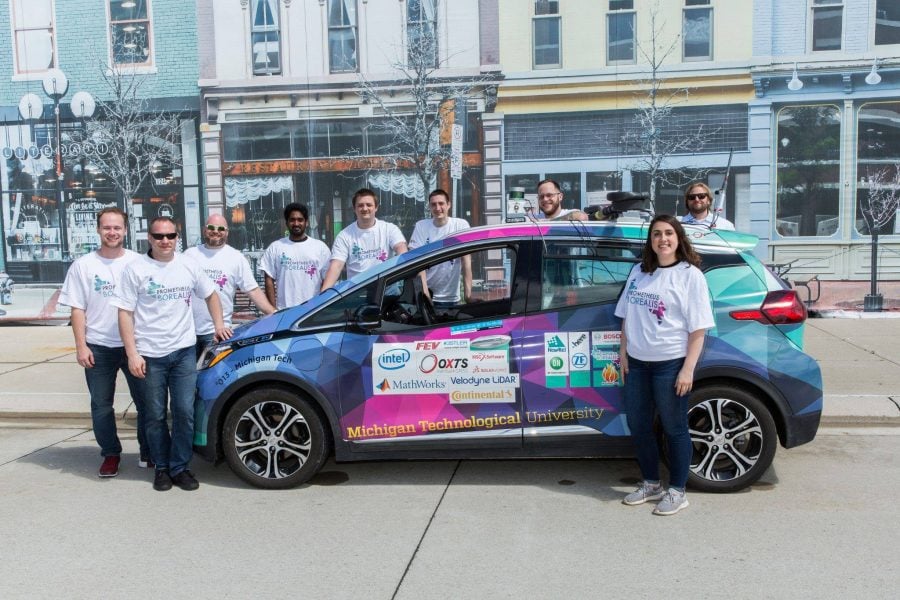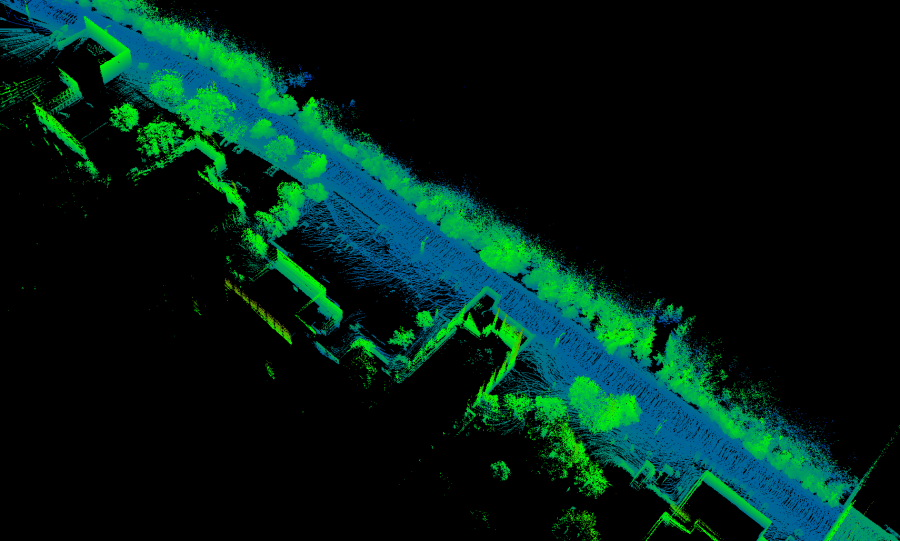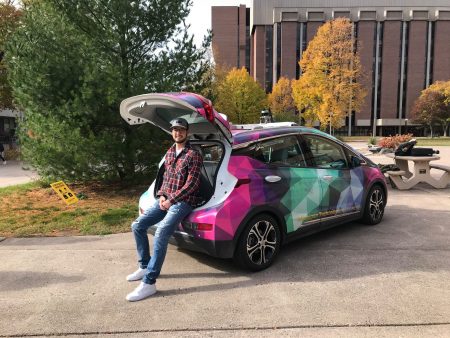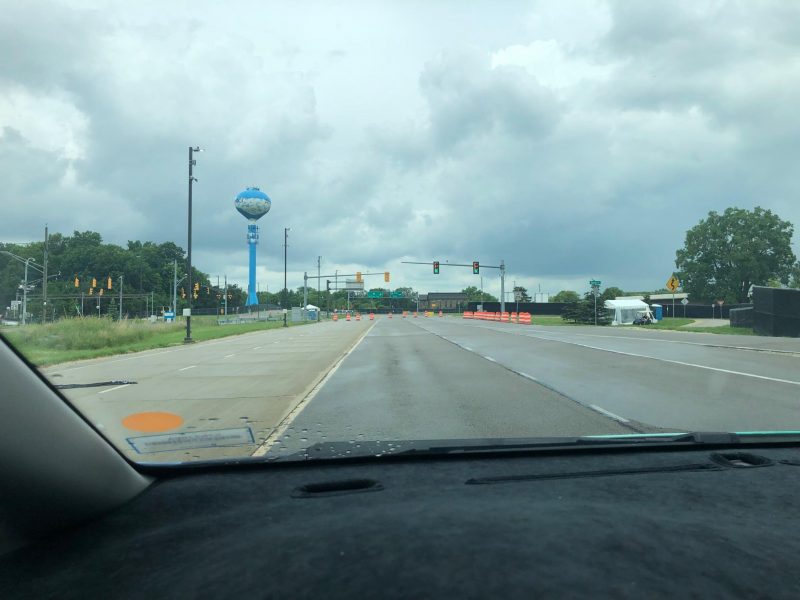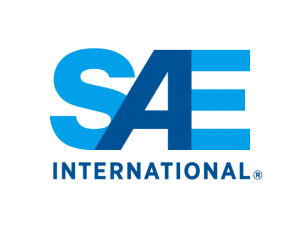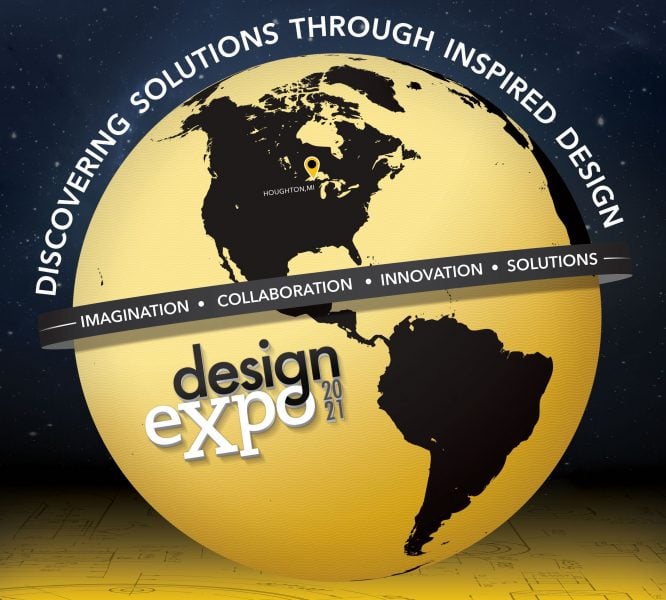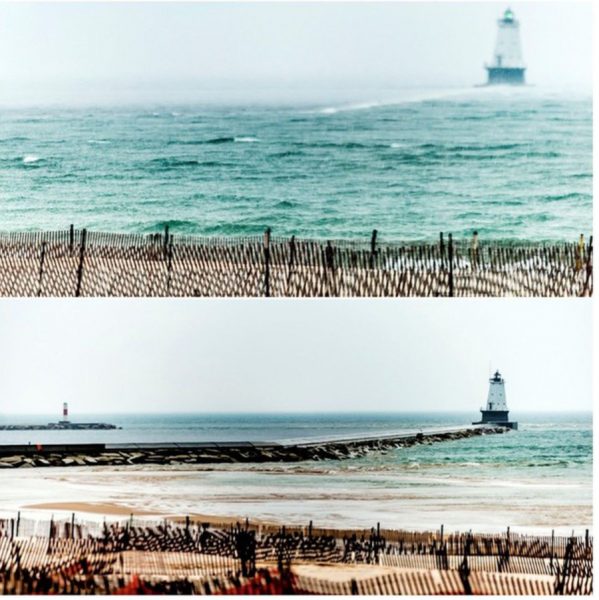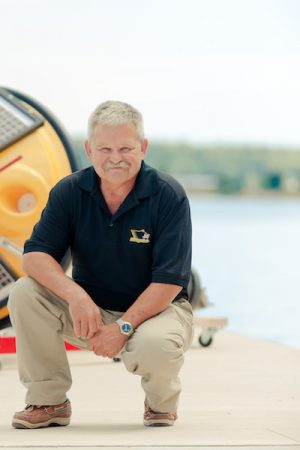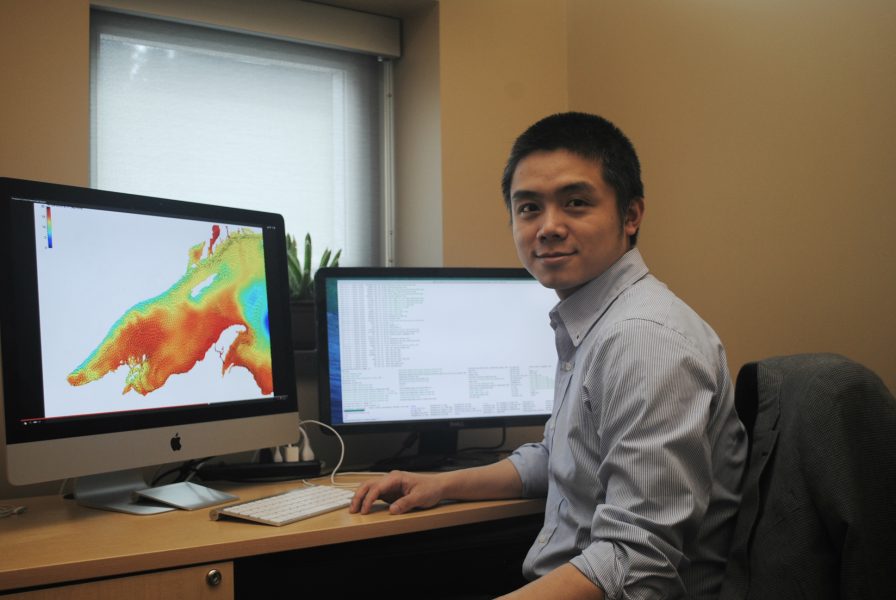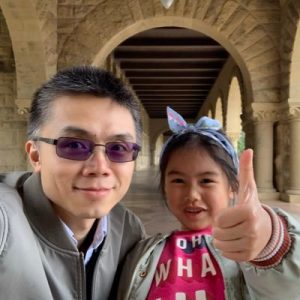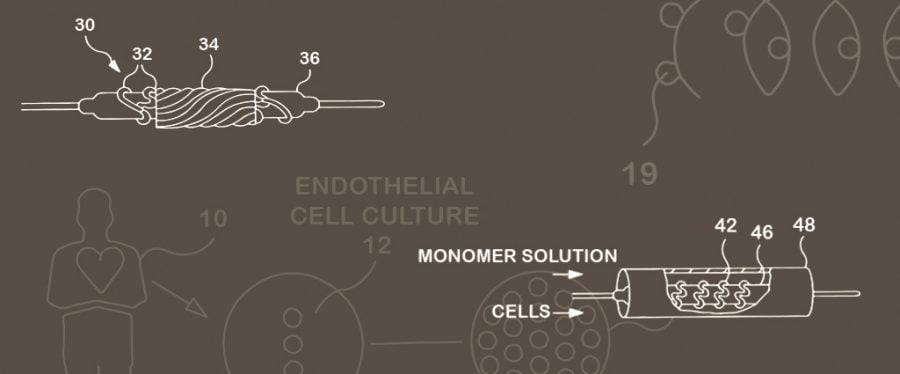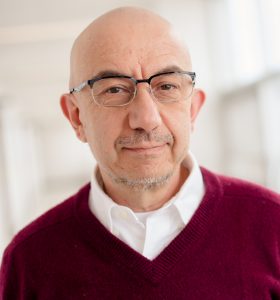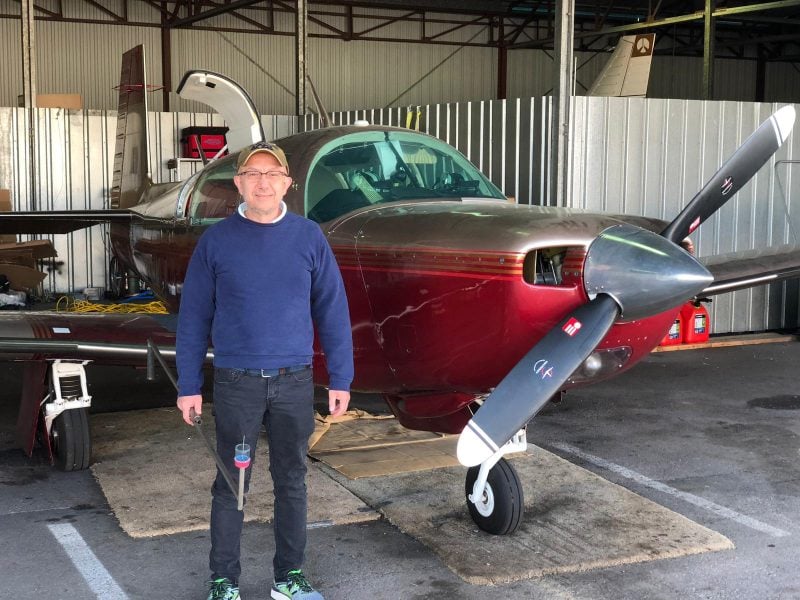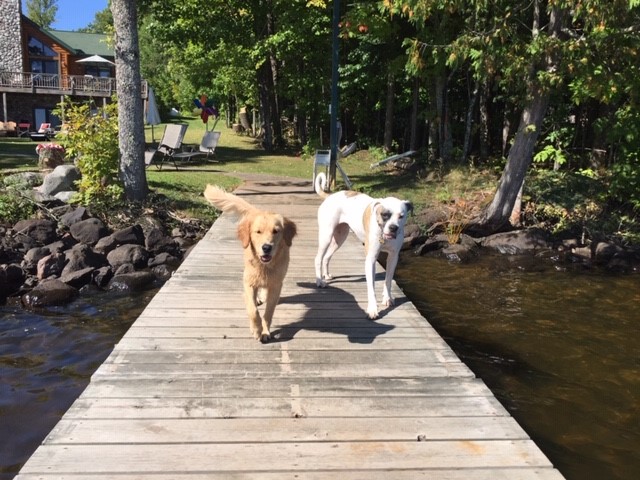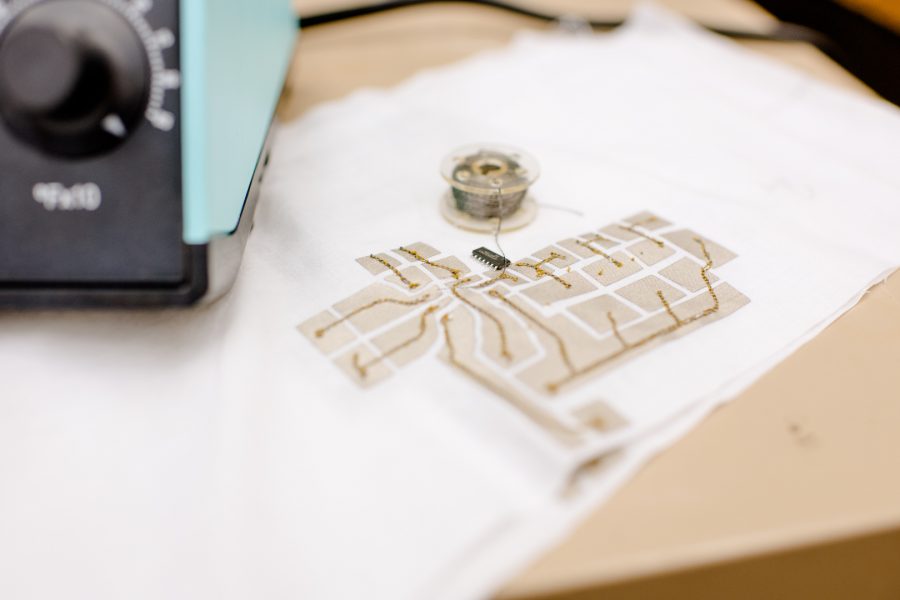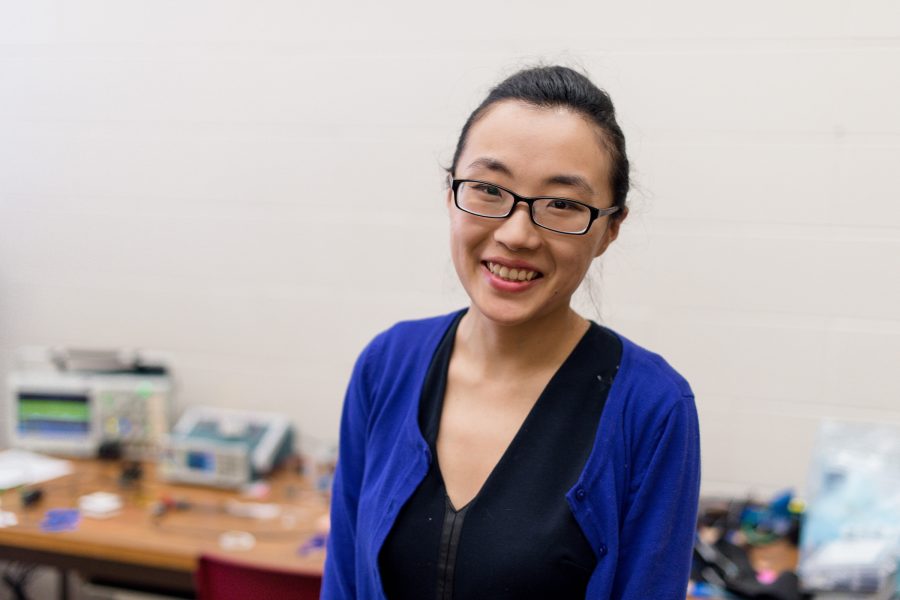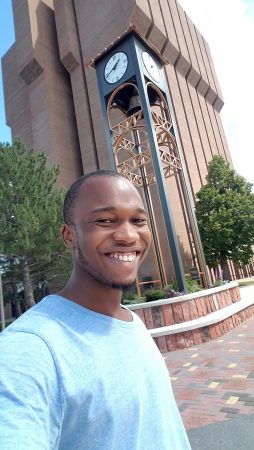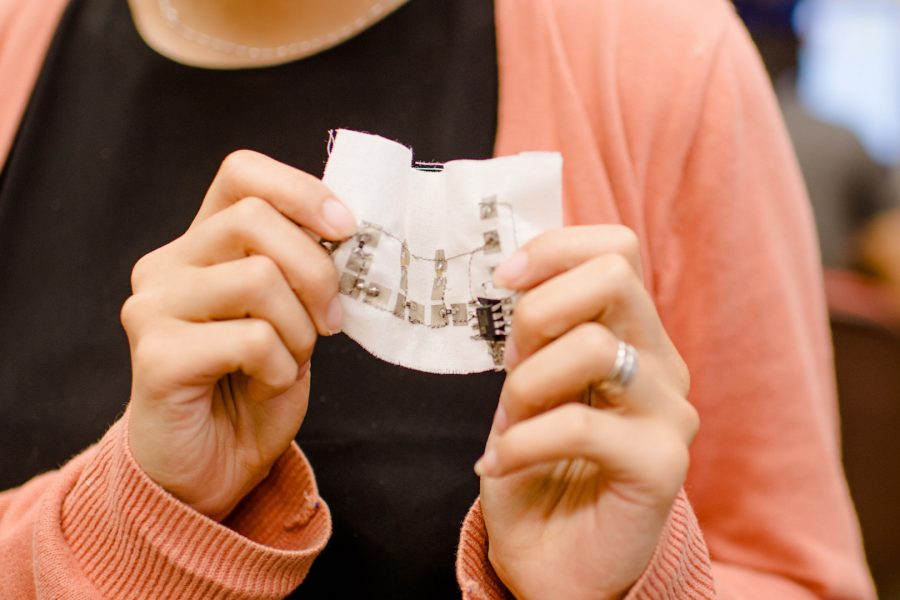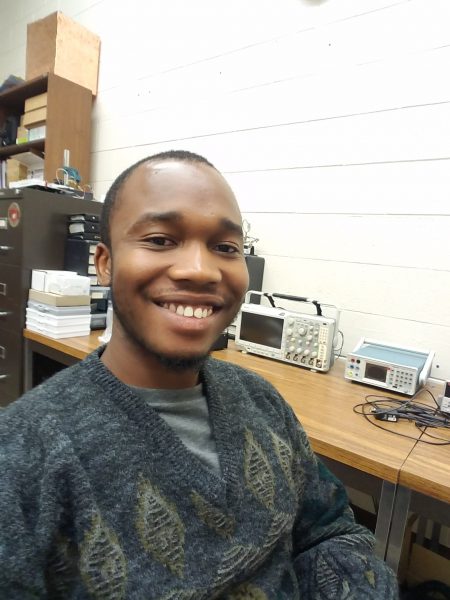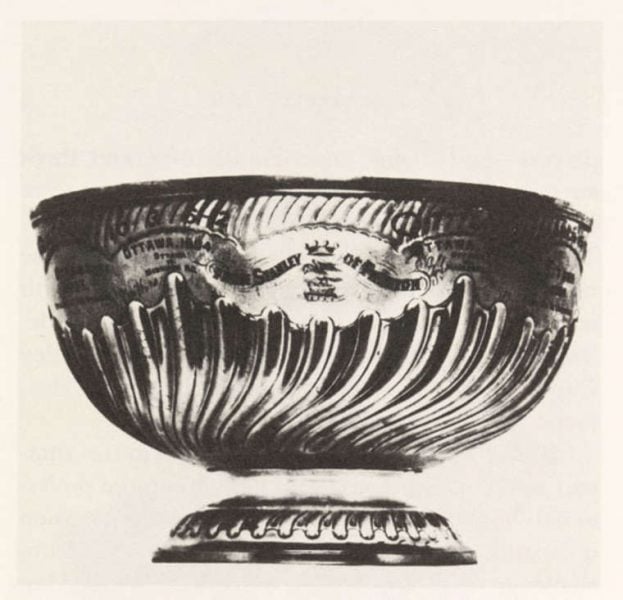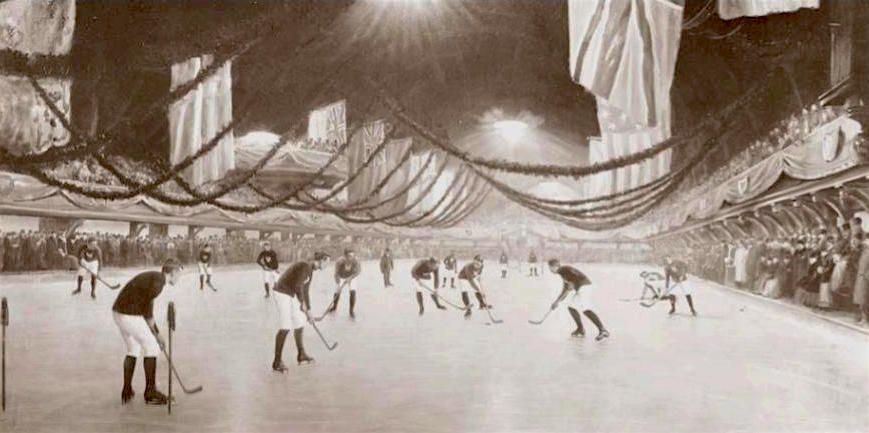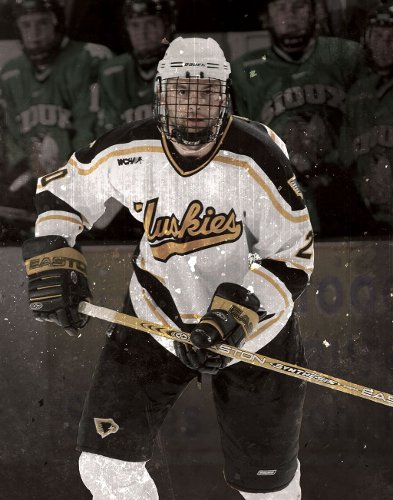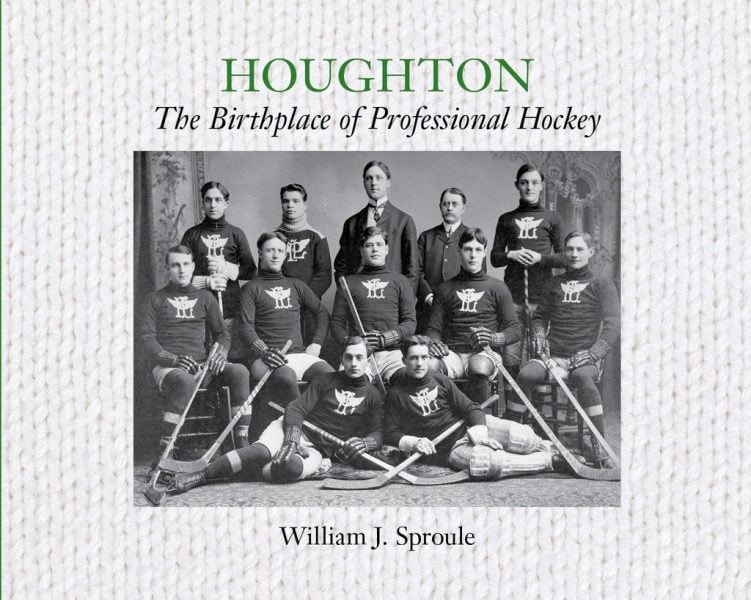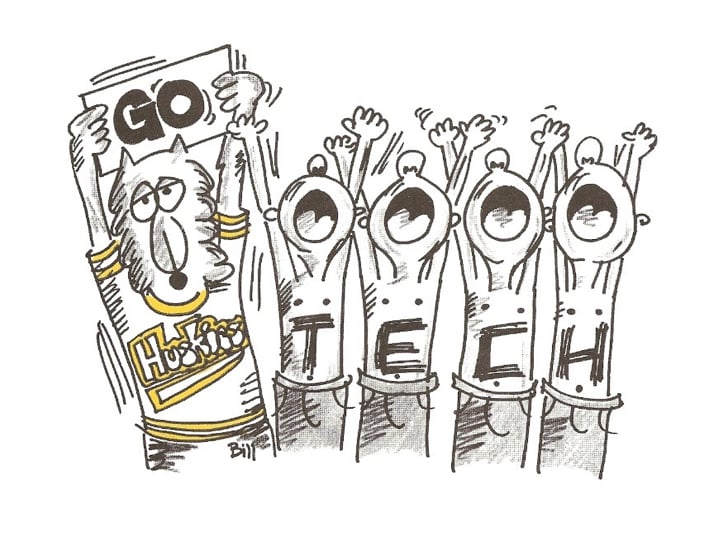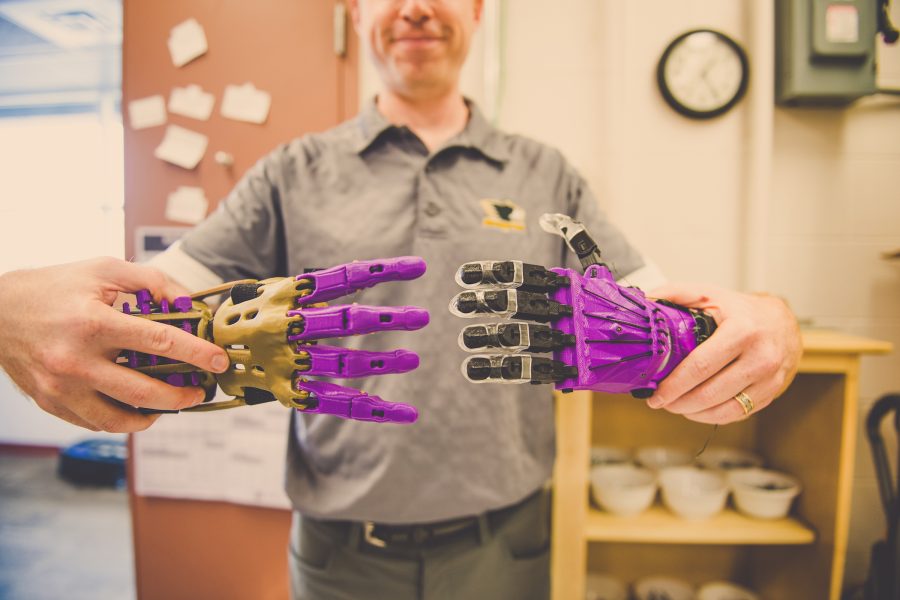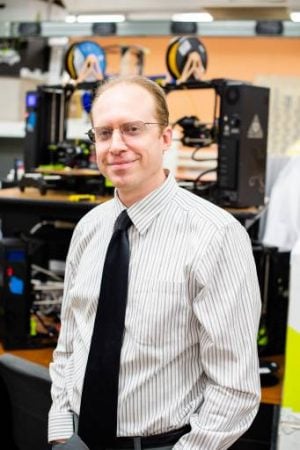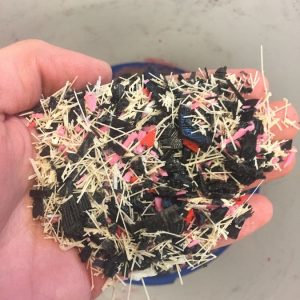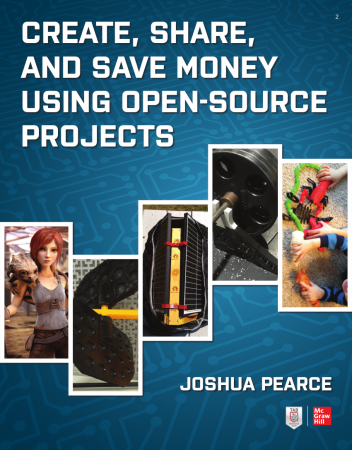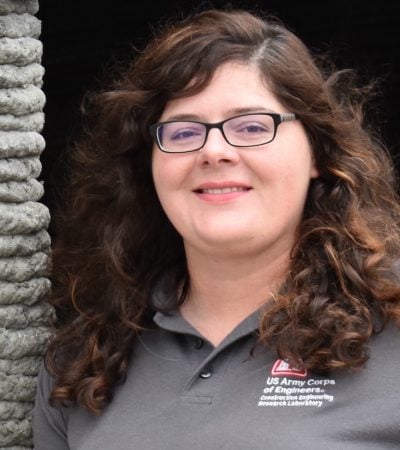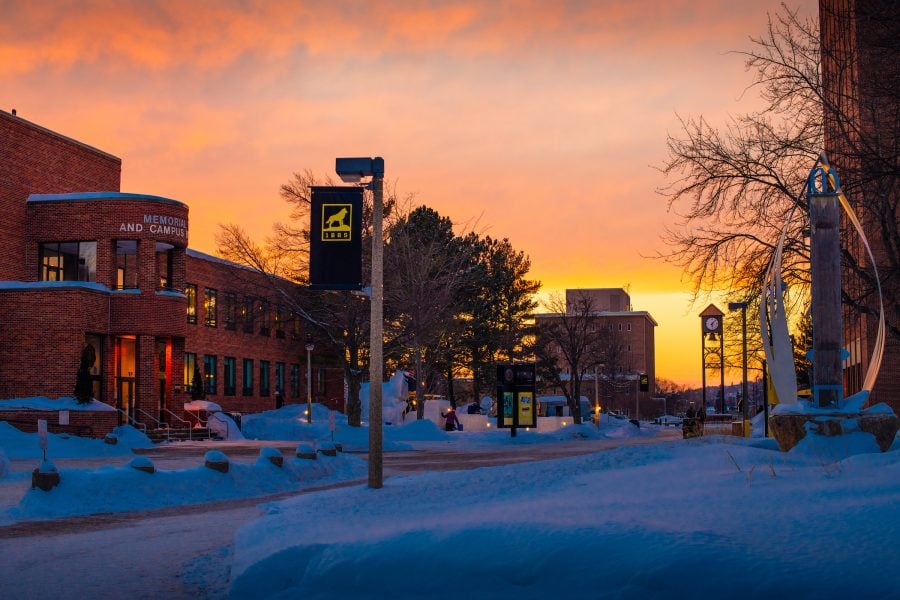
Michigan Tech MS and PhD students will attend a free National Science Foundation (NSF) Innovation-Corps Bootcamp on campus on Thursday Feb. 29 and Friday March 1 to explore tools of design and innovation—and learn how to apply them to their career paths.
The intensive workshop quickly reached its capacity, so facilitators are already planning to add another NSF I-Corps Bootcamp later this year for interested MTU graduate students.
Launched in 2011, the NSF Innovation Corps, or I-Corps, trains scientists and engineers to carry their promising ideas and technologies beyond the university and into the marketplace to benefit society. Michigan Tech has been part of the NSF I-Corps Site program since 2015—introducing the entrepreneurial mindset to over 300 researchers, faculty, staff and students, and helping teams assess the commercial potential of more than 150 technologies.
In an effort to nurture a regional innovation ecosystem and move more discoveries from the research lab to the real world, the NSF established a Great Lakes Innovation Corps Hub in 2021. The 11-university Hub is led by the University of Michigan (U-M), and it’s one of five Hubs across the country. Michigan Tech is a member of the Great Lakes Innovation Corps Hub, along with Purdue University, the University of Illinois Urbana-Champaign, the University of Toledo, the University of Minnesota, Iowa State University, Missouri University of Science and Technology, the University of Akron, the University of Chicago, and the University of Wisconsin-Milwaukee.
The Great Lakes I-Corps Hub aims to connect people at a large scale to increase the “effective density” of the Midwest’s innovation ecosystem. Mary Raber, Michigan Tech I-Corps principal investigator and chair of the Department of Engineering Fundamentals, leads the program at Michigan Tech.
NSF I-Corps Bootcamp Eligibility:
- MTU graduate students enrolled in Ph.D. or M.S. programs
- No business idea or prior experience with I-Corps is necessary
- Faculty advisor support is required
NSF I-Corp Bootcamp Benefits:
- Grow your network
- Develop/improve your problem solving and identification capabilities
- Improve your leadership skills
- Explore career paths that use your knowledge and skills
- Stipend of $300 is available upon successful completion of the program
Apply at: https://bit.ly/GradBootcamp2024
Note: the session is full, but interested students can still apply in order to get on the MTU I-Corps waiting list for the next Bootcamp.
